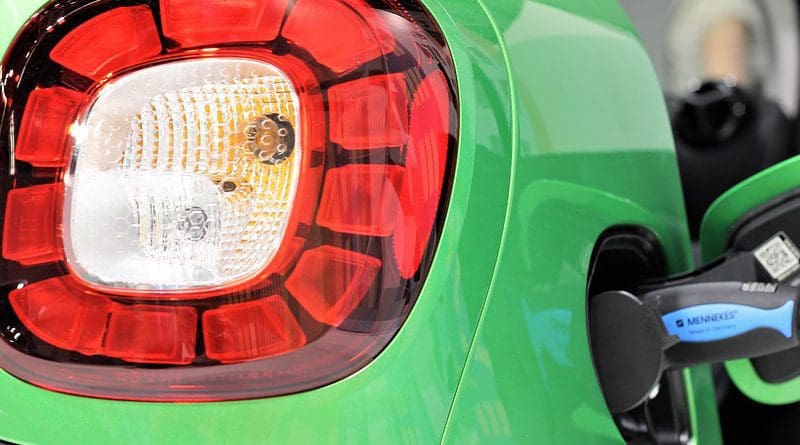Advances In Technology Driving Popularity Of EVs
Transportation accounts for roughly one-third of U.S. greenhouse gas emissions, and adoption of electric vehicles are seen by many experts in government and the private sector as a vital tool in efforts to reduce carbon emissions. Roughly a decade ago, EVs accounted for a tiny fraction of overall car sales. As of March 2023, they make up 7% of new sales
“What changed between then and now?” asks Kenneth Gillingham, professor of environmental and energy economics at the Yale School of the Environment. “Was it that consumers suddenly decided they like EVs much more, or was it that EVs themselves got a lot better?”
New research by Gillingham, published in Proceedings of the National Academy of Sciences, finds that recent adoption of EVs is driven overwhelmingly by technological advances, while general consumer preferences for EVs has changed little. Improvements like increased battery range, faster charging, falling prices, and reduced operating costs have made EVs an enticing option alongside their gas-powered counterparts. (Range proved particularly important, with cars that can travel 300 miles or more on a single charge essentially as attractive as comparable gas cars in consumers’ minds, the study reveals.)
Gillingham and Carnegie Mellon University coauthors surveyed about 1,600 people who had intentions of purchasing a car or SUV within the next two years or who had purchased one within the prior year. Respondents were shown 15 sets of three vehicles with various attributes — some gasoline powered, some electric, some hybrid — and asked which one they would choose. The results from this survey were matched with results from a similar survey conducted in 2012 and 2013, and from this comparison the researchers were able to discern how much new adoption of EVs was due to consumer preferences and how much was due to technological advancements. This prompted another inquiry.
“The big question is what happens next,” Gillingham says.
To answer this, the researchers paired the consumer adoption trends that they revealed with forecasted improvements in vehicle technology and predicted new EV offerings. Gillingham notes that there are more than 100 new EV models slated to become available globally in the next three to four years. Taken together, this information suggests that EVs could account for 40-60% of all new cars and SUVs sold by 2030. In short, it is possible that EVs could dominate the market only seven years from now.
For policymakers, the authors note, the findings suggest that rapid change and ambitious goals might be achievable. Gillingham cites one of the U.S. Environmental Protection Agency’s recently proposed rules limiting greenhouse gas emissions for cars and small trucks that, if adopted, could lead to EVs comprising about two-thirds of all new vehicle sales by 2032.
“Our study doesn’t say by any means that it is going to happen, but it isn’t beyond the realm of possibility. We really could have EVs making up a majority of all cars sold by 2030,” Gillingham says.
The implications also are clear for manufacturers — and many have already responded to evident shifts in the market. GM announced plans to sell only EVs by 2035. Lexus, under Toyota, announced the same goal. The findings from this research, Gillingham suggests, support the deep investment required by such a transition.
“Vehicle manufacturers who are leaders in the EV space will take comfort in what we’ve found,” he says. “Manufacturers who are laggards might want to think carefully about what their plans are.”

